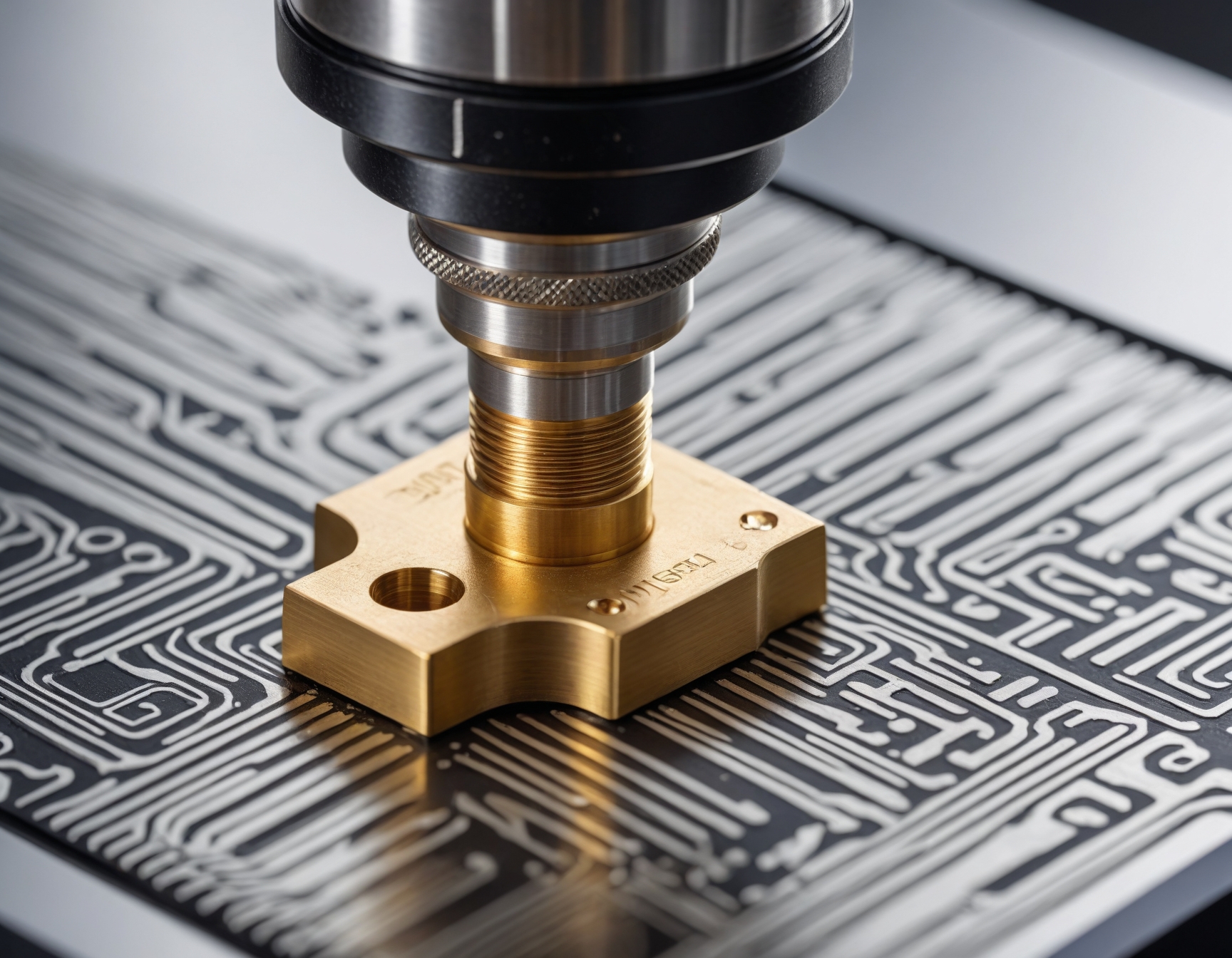The Art of Micro-Tapping: Precision CNC Techniques for Miniature Components
26 July 2024
Discover the art of micro-tapping, a specialised CNC technique that allows Kinetic Engineering to create precise miniature components for various industries.
Micro-tapping is the art of cutting small, precise internal threads on miniature components, often with diameters as small as a few micrometres. This technique is essential for industries such as electronics, optics, and medical devices, where the demand for precision and accuracy is paramount.
The Challenges of Micro-Tapping
Micro-tapping presents several unique challenges that set it apart from conventional tapping processes. Firstly, the tool’s fragility is a significant concern, as micro-taps are extremely delicate and prone to breakage if not handled correctly. Precision requirements are also paramount, as the margin for error in micro-tapping is minuscule, often measured in microns.
Heat management is another critical factor, as even slight temperature fluctuations can affect the accuracy of the micro-tapping process. Chip control is also a challenge, as removing chips from such small holes requires specialised techniques to prevent clogging.
Finally, material considerations play a crucial role, as different materials behave uniquely at such small scales, requiring tailored approaches to ensure successful micro-tapping.
How is Micro-Tapping Typically Done?
Micro-tapping is a precision machining technique used to create very small threaded holes in miniature components. Here’s how it’s typically done:
1. CNC Machine Setup: A high-precision CNC (Computer Numerical Control) machine is used, often with advanced features like high-speed spindles and ultra-precise positioning systems
2. Tool Selection: Specialised micro-taps, which are extremely small threading tools, are chosen based on the required thread size and material.
3. Workpiece Preparation: The miniature component is securely fixtured to prevent any movement during the tapping process.
4. Programming: The CNC machine is programmed with the exact coordinates and parameters for the micro-tapping operation.
5. Precision Drilling: Before tapping, a precise pilot hole is drilled using a micro-drill bit.
6. Tapping Process:
• The micro-tap is aligned with the pilot hole.
• The CNC machine controls the tap’s rotation and feed rate with extreme precision.
• The tap is inserted into the hole, cutting the threads as it advances.
• Coolant may be used to manage heat and remove debris.
7. Depth Control: The tapping depth is carefully controlled to ensure the correct thread length.
8. Reversal and Withdrawal: The tap is reversed and withdrawn from the hole, leaving behind the newly created threads.
9. Quality Control: The threaded hole is inspected, often using microscopes or precision measurement tools, to ensure it meets specifications.
10. Repeatability: For production runs, this process is repeated with high consistency across multiple components. Key considerations include:
Use of specialised cutting fluids or minimum quantity lubrication (MQL) systems
Vibration control to maintain precision
Temperature management to prevent thermal expansion issues
Proper chip evacuation to prevent thread damage
Micro-tapping requires extremely precise control of factors like speed, feed rate, and alignment to create functional threads in very small components without damaging delicate workpieces.
Our Approach to Micro-Tapping
At Kinetic Engineering, we’ve developed a comprehensive approach to micro-tapping that allows us to overcome these challenges and deliver exceptional results:
• Advanced CNC Technology: Our state-of-the-art CNC machines are equipped with high-speed spindles and precise control systems, essential for micro-tapping operations.
• Specialised Tooling: We use premium-quality carbide micro-taps designed specifically for the materials and dimensions we’re working with.
• Optimal Cutting Parameters: Through extensive testing and experience, we’ve fine-tuned our cutting speeds, feed rates, and depth of cut for each micro-tapping application.
• Temperature Control: Our climate-controlled workshop ensures consistent temperatures, crucial for maintaining precision in micro-tapping.
• Custom Fixtures: We design and manufacture custom fixtures to securely hold miniature components during the micro-tapping process.
• Quality Control: We employ advanced measurement techniques, including optical comparators and coordinate measuring machines, to verify the accuracy of our micro-tapped threads.
Precision CNC Techniques with Kinetic Engineering
Whether you’re working on cutting-edge medical devices, advanced electronics, or any other application requiring micro-tapped components, our team is ready to bring your vision to life. Contact Kinetic Engineering, and let’s discuss how we can turn your miniature component challenges into precision-engineered solutions.
Optimised by: Netwizard SEO

